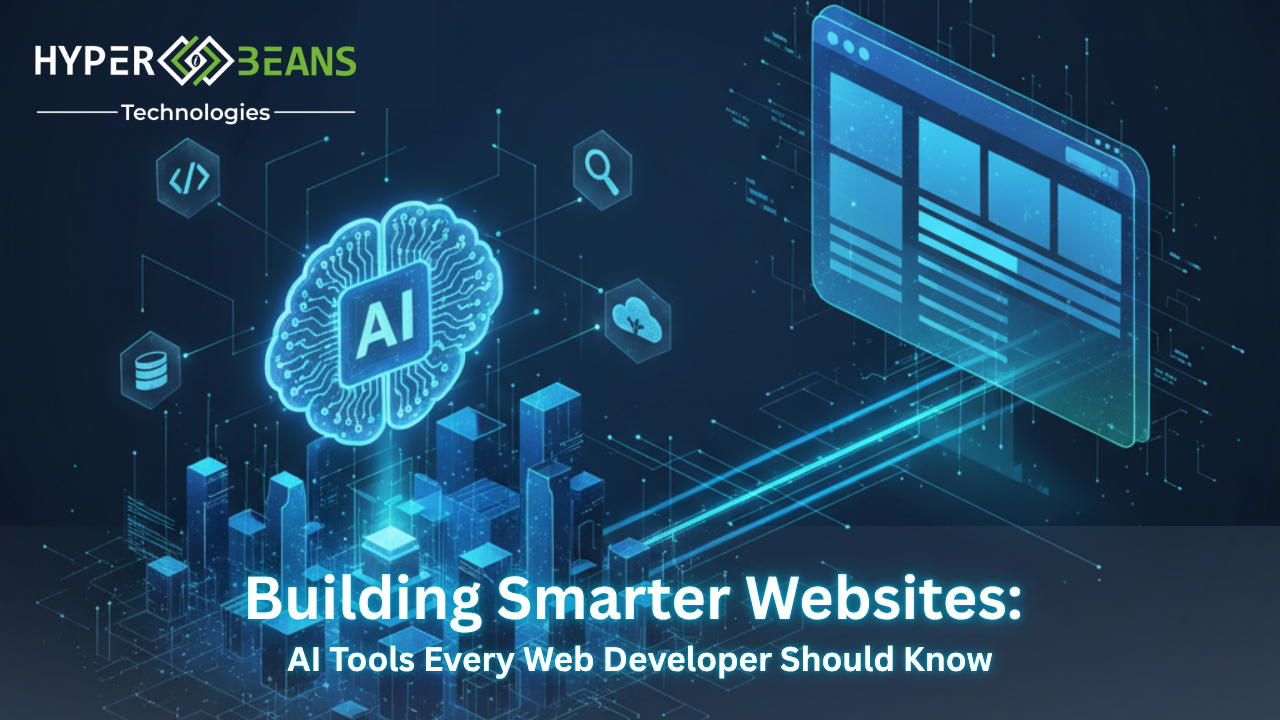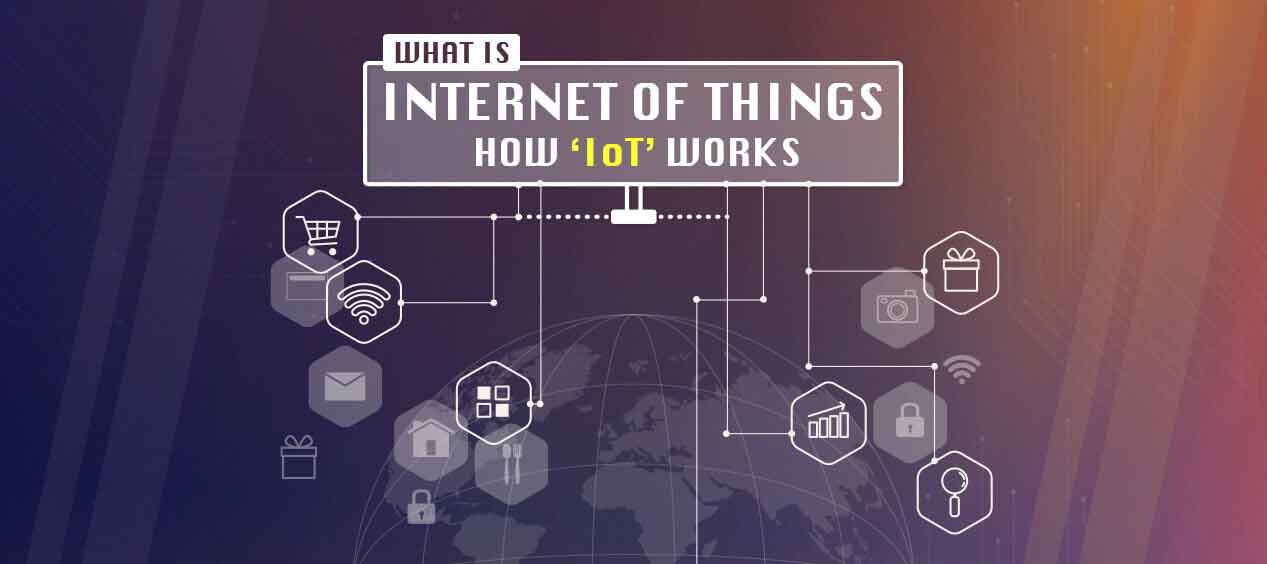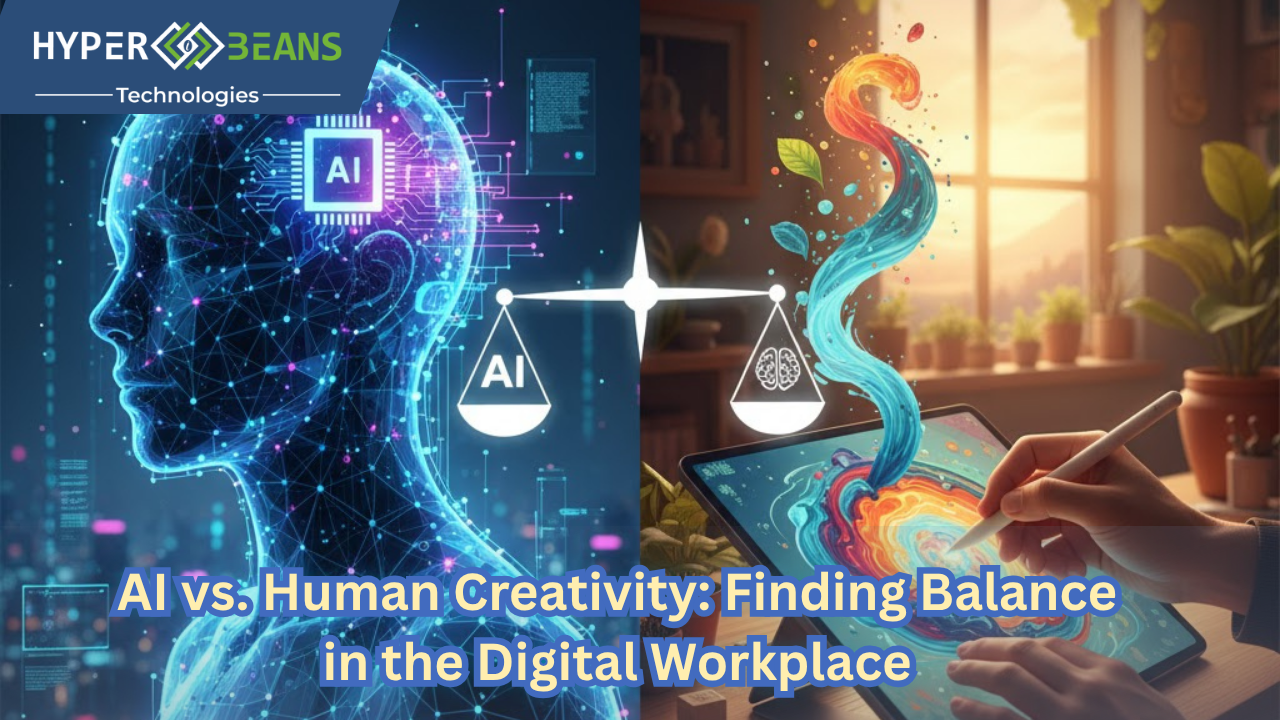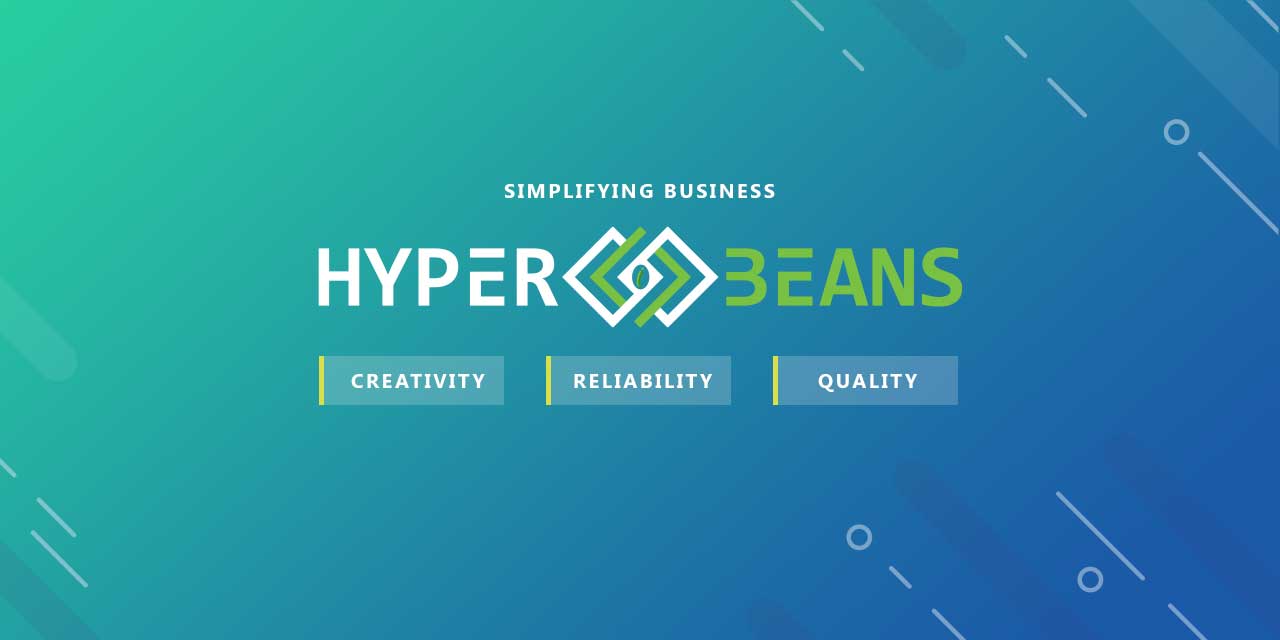The expansion of wireless internet connectivity has given birth to the possibility of interconnecting many other devices except computers or mobile phones. There are gadgets, such as – Air Conditioners, light bulbs, washing machines and even coffeemakers, which are now able to be connected via Wi-Fi.
If you have a Nest Learning Thermostat, Amazon Echo or a Ring video doorbell, then you are using an IoT. For many years this concept has been around, but not recognized as IoT. IoT stands for ‘Internet of Things’.
What is Internet of Things?
Internet of Things is a phenomenon of connecting the physical devices by making use of software, electronics and sensors with the purpose of data sharing. IoT is a comprehensive term that as a whole identifies previously disconnected devices as connected devices by making use of internet. It supports the idea that devices which can be connected, should be connected. In simple words, Internet of Things is a system, built when day to day products or objects are connected to internet. Normally these connected appliances are phones, computers, sensors or gadgets.
If a system is IoT-enabled, that means it:
- has Internet connection,
- is capable of transferring data,
- is being operated remotely as well as automatically,
- can make the process efficient.
Just like internet has connected us through World Wide Web and improved the quality and speed of work and communication, similarly, IoT has taken this connectivity to the next level by connecting various gadgets to the internet and establishing human-machine and machine-machine interaction.
Looking at its utilities, the brilliant minds have identified the business implications of IoT in several areas including Automotive, Home Automation, Healthcare, Retail, Factory Line Automation and many more.
How IoT Works?
To understand the working of an IoT, let us understand its building blocks and their roles:
- Sensors: The front end of an IoT device is formed by Sensors. They are responsible for gathering data from their surroundings or deliver data to its surroundings. Sensors must be uniquely identifiable over a large network. Also they have to be so active in nature that they can collect real time data. Some examples of sensors are; moisture sensor, water quality sensor, heat sensor etc.
- Processors: Processors work as the brain of an IoT system. They provide intelligence to the data. Their main task is to process and extract the essential data from the huge amount of raw data collected by sensors. The second major task of Processors is to perform encryption and decryption of data. In other words, ‘Data Security’.
- Gateways: After the extraction of valuable data, it is important to route it to a location where it can be best utilized. This function is carried out by Gateways. We can also say that it is useful for proper flow and communication of data by providing connectivity. Some common examples of Gateways are LAN, WAN, PAN etc.
- Applications: Applications are basically the rear end of the IoT system. They are the delivery point of the service and controlled by user. By rendering effective meaning to the collected data, they ensure that the data has been utilized properly.












